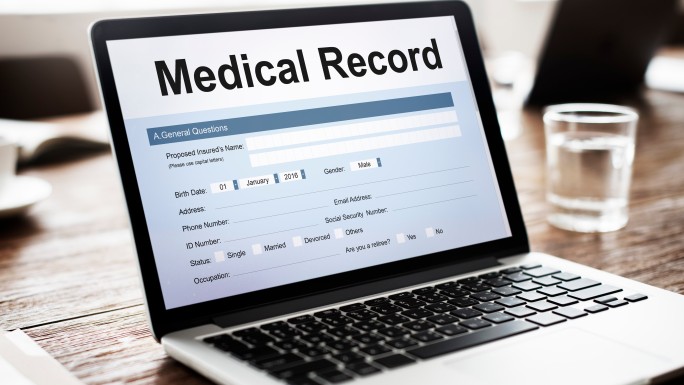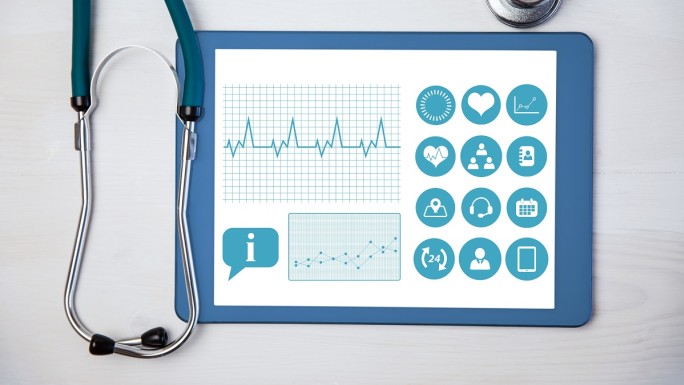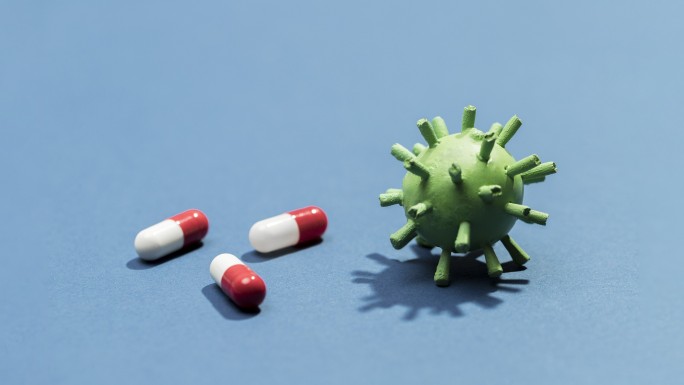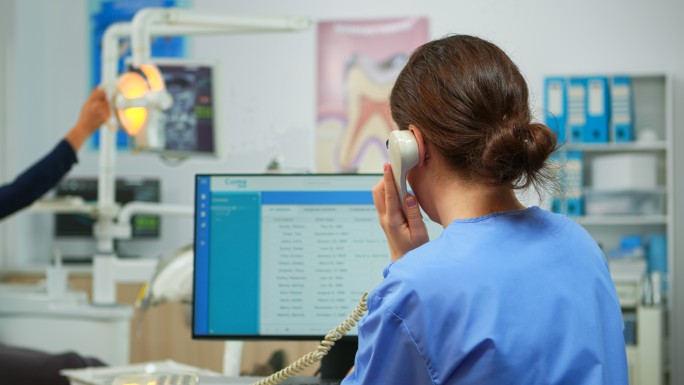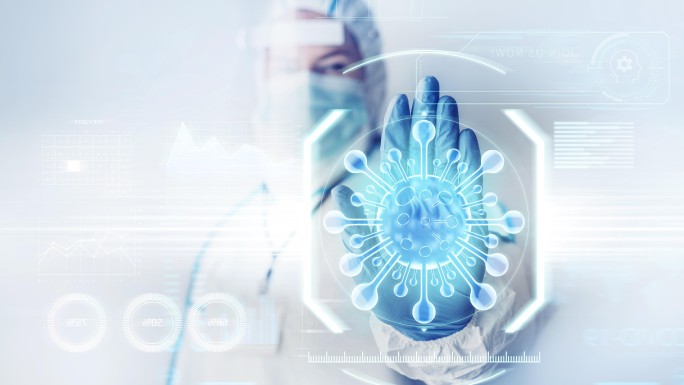Unlocking the Power of Personal Health Records (PHR): A Comprehensive Guide
In today's increasingly digital world, where information is at our fingertips and technology empowers us in exceptional ways, one concept has appeared as a foundation of patient-centric healthcare: the Personal Health Record (PHR). At the crossroads of personal empowerment and modern medicine, the PHR has become a key tool for individuals seeking to take control of their health journey. But what exactly is a Personal Health Record, and how does it differ from the myriad of other health systems in the digital age? Get ready to embark on a journey to define what is PHR, demystify, and explore the boundless potential of the PHR in the landscape of healthcare and personal well-being.
What is a Personal Health Record (PHR)?
A Personal Health Record (PHR) is an electronic application or system that enables individuals to store, manage, and access information related to their health. PHR includes medical history, test results, medication lists, immunizations, symptoms, appointments, and other relevant details. The patient can enter the information in PHR or automatically connect to the healthcare providers' electronic medical system.
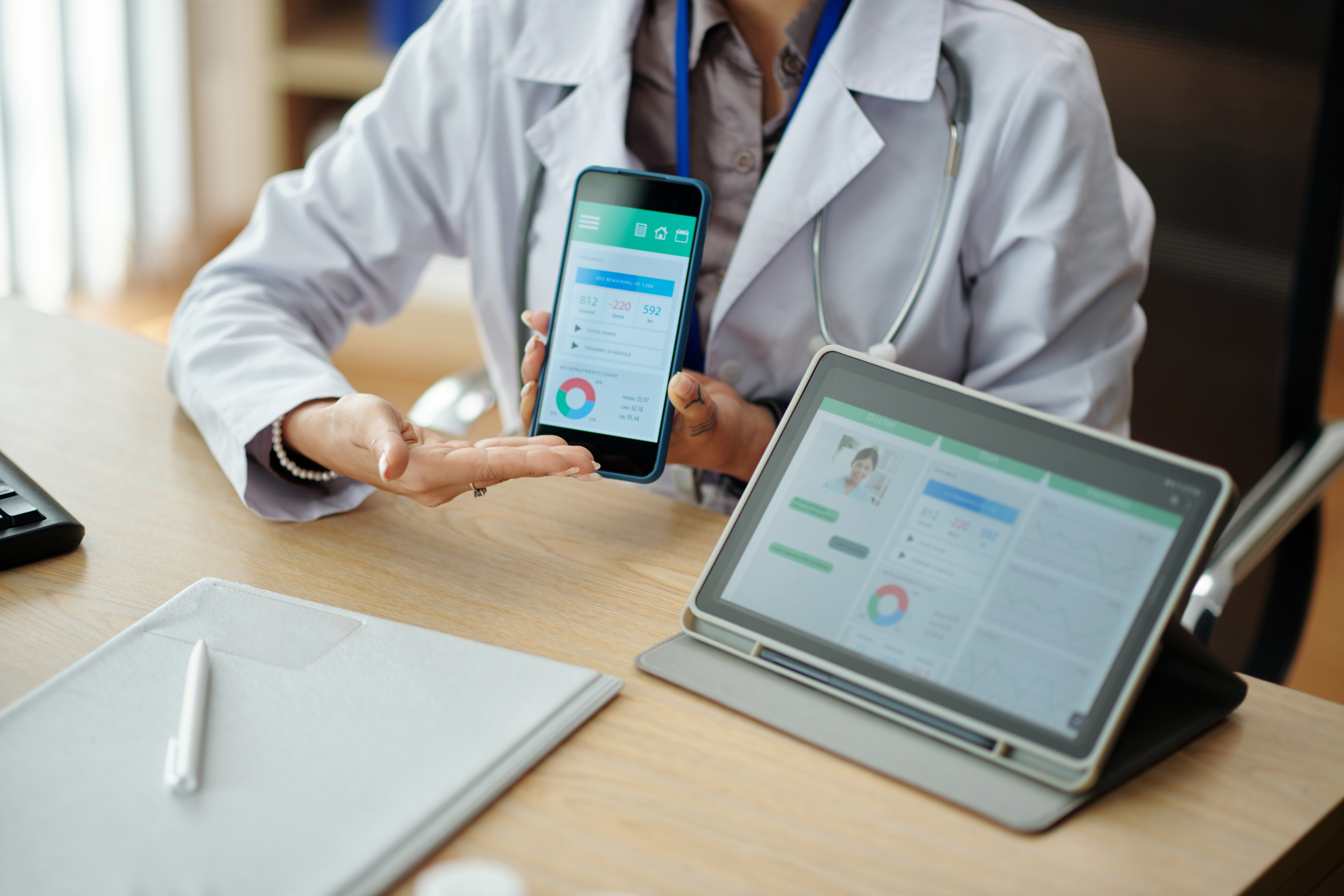
History of Personal Health Record (PHR)?
The history of Personal Health Records (PHR) is a fascinating journey that reflects the evolution of healthcare and technology's growing role in managing personal health information.
Before the digital age, individuals often kept their health records in paper format. This kind of record might include medical histories, vaccination records, and information about current medications. These records were typically stored at home, and there was no standardized format.
The beginning of PHR comes from the Electronic Health Record (EHR). The development and adoption of EHR by healthcare providers marked a significant shift in healthcare technology. EHR allowed healthcare organizations to digitize and centralize patient records, making accessing and sharing health information among professionals easier. EHR became the main factor that helped define Personal Health Record (PHR).
The concept of a digital PHR began to gain traction in the early 2000s. These early digital PHR systems were often web-based platforms that allowed individuals to create and maintain their EHRs. Over time, EHRs and PHRs became more integrated. Patients could access their health data from healthcare providers and import it into their digital PHRs.
The rapid rise of mobile health applications and wearable devices nowadays has brought personal health management to the palm of one's hand. People could track their physical activity, monitor vital signs, and input health data into mobile apps, often fed into their digital PHRs.
Read more: Effectively using PHR in healthcare management
Types of PHR
Personal Health Records (PHRs) come in various forms, each catering to different needs and preferences. However, there are two most common types: Standalone PHRs and Connected PHRs.
Standalone Personal Health Records
Standalone PHR is a software or application where individuals can create and maintain their PHR. They have complete control over their data. It's suitable for individuals who want full autonomy over their health information and prefer to manage it themselves.
Connected Personal Health Records
These PHRs integrate with various healthcare systems and providers, aggregating data from multiple sources, including EHRs, pharmacies, and labs. Patients with various healthcare providers and health data sources can consolidate their information in one place for a comprehensive view.
Differences between PHR and EHR
PHR (Personal Health Record) and EHR (Electronic Health Record) are integrated, yet they are different systems with their functions in healthcare.
Ownership and Control
PHR: owned and controlled by the individuals
EHR: typically owned and controlled by healthcare providers or healthcare organizations
Purpose
PHR: designed for individual use
EHR: designed for healthcare providers and institutions to record, store, and manage patient health information for clinical and administrative purposes.
Data Sources
PHR: Data in a PHR mostly comes from the patient
EHR: Data in an EHR is generated by healthcare professionals during patient encounters
Access and Sharing
PHR: Patients control who can access and grant access to their PHR to other people
EHR: Access to EHRs is typically granted by healthcare providers
Integration with Healthcare Systems
PHR: not directly integrated with healthcare provider EHR systems
EHR: part of healthcare provider systems and are integrated with other clinical systems
Clinical Use and Documentation
PHR: not used for clinical documentation or medical decision-making
EHR: central to clinical documentation, medical decision support, and patient care
Security and Privacy
PHR: Patients are responsible for securing their PHR data, often through password protection and encryption
EHR: Healthcare organizations are responsible for securing EHR data to meet legal and regulatory requirements
To know how to exchange data between PHR and EHR, check it here
Benefits of PHR in healthcare
- Access and management of health information: PHR allows patients or users to easily access and manage their health information on their innovative, in-hand devices such as smartphones or laptops. By keeping track of medical records, immunizations, and test results, users can have better control and understanding of their personal health status.
- Information sharing with healthcare providers: PHR enables users to share their health information with healthcare providers easily. By granting access to their PHR when visiting doctors or hospitals, users can provide accurate and comprehensive information. PHR helps reduce errors and promotes continuity in healthcare.
- Tracking and managing chronic conditions: With PHR, users can actively track and manage chronic conditions such as cardiovascular disease, diabetes, or respiratory illnesses. By recording symptoms, tracking results, and monitoring progress, users can identify changes in their health status and learn about the impact of self-care measures.
- Preventive healthcare: PHR provides a database of medical history, test results, and immunizations, helping users grasp information about their personal health status. Based on this information, users can receive preventive healthcare advice from healthcare experts, such as maintaining a healthy lifestyle, undergoing regular screenings, and obtaining necessary immunizations.
- Enhanced self-health management: PHR encourages users to participate in the process of self-health management actively. By recording health information, setting goals, and monitoring progress, users can become empowered health managers and achieve their personal health goals.
Challenges of PHR in healthcare
- Personal Health Record (PHR) has opened opportunities to improve how people control their health and simplify the process in healthcare organizations; still, challenges are waiting.
- Data Privacy and Security Concerns: Protecting sensitive health information in PHRs is a significant concern. Data breaches, unauthorized access, and hacking incidents can compromise patient privacy.
- Interoperability Issues: Many PHRs need to be more seamlessly interoperable with electronic health record (EHR) systems and other healthcare platforms, making it difficult to share data across healthcare providers.
- Patient Engagement and Adoption: Encouraging patients to actively use and update their PHRs can be complex. Many patients may hesitate or need more digital literacy to manage their health records effectively.
- Data Accuracy and Completeness: Patients sometimes input accurate or complete data into their PHRs. Only accurate information can lead to correct medical decisions.
- Scalability and Sustainability: Ensuring the long-term sustainability and scalability of PHR platforms can be challenging, particularly for smaller healthcare organizations.
Future of PHR

PHR has become a key factor in elevating and enhancing the quality of the medical and healthcare industry. Regardless of limitations, PHR still proves to be a stable model that allows both patients and medical organizations to monitor and update health status intuitively.
To the patients/users
With many significant advances in technology and digital, PHR promises to open up many new potentials for users. In particular, AI or IoT are promising factors that can create breakthroughs with PHR.
AI in PHR could help patients or users get predictive analytics, personalized recommendations, and early warnings.
PHR & IoT (personal health monitoring devices) encourage patients to be more engaged in healthcare.
To the healthcare providers and organizations
PHRs help healthcare providers improve communication and patient engagement, benefitting healthcare providers and organizations. Numerous data from PHRs, through the expansion of AI and machine learning, can support healthcare organizations in identifying trends, risks, and health disparities among patient populations soon.
Conclusion
As technology advances and patient expectations shift, the Personal Health Record (PHR) will play an increasingly essential role in healthcare, providing individuals greater control over their health and fostering more collaborative relationships between patients and healthcare providers. PHR now is becoming a trend and spreading to many other countries worldwide. The adoption of PHR in developed countries such as the US, Japan, and Europe shows how important it is to develop and maintain PHR for people and help ease the burden on the healthcare system. PHR would be an excellent first step to get people to be more proactive in their health and further advance the standard of healthcare.




